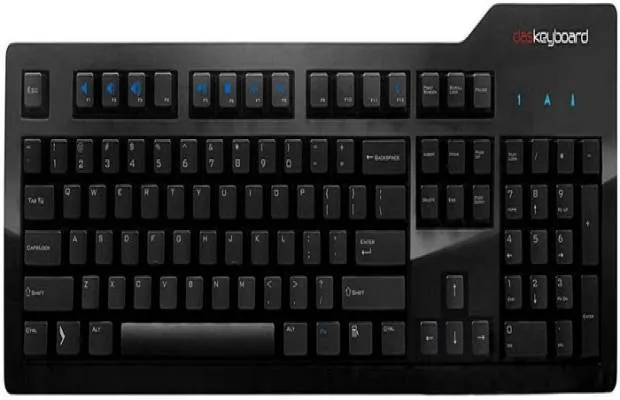Top 5 Diecast Keyboard Choices
In the realm of mechanical keyboards, the term “diecast” signifies a significant upgrade in build quality, durability, and overall typing experience. Diecast keyboards are constructed with a metal frame, typically aluminum or a similar alloy, providing a robust and premium feel. This guide explores the best diecast keyboard options available, considering factors like build quality, features, performance, and value for money. The best diecast keyboard provides a typing experience that is second to none, appealing to both gamers and professionals alike. Discover the top 5 choices, meticulously selected to meet various needs and preferences, ensuring you find the perfect keyboard to elevate your setup. Whether you’re seeking unparalleled stability, a satisfying typing feel, or a sleek aesthetic, this guide will help you navigate the world of diecast keyboards and make an informed decision.
Why Choose a Diecast Keyboard?
Choosing a diecast keyboard offers several compelling advantages over traditional plastic-bodied keyboards. The primary benefit lies in the enhanced durability and build quality. Diecast keyboards are significantly more resistant to flexing, warping, and general wear and tear. This robustness translates to a longer lifespan and a more reliable typing experience. Furthermore, the added weight of a diecast keyboard contributes to improved stability, preventing the keyboard from sliding during intense gaming sessions or fast-paced typing. Beyond durability, diecast keyboards often feature superior aesthetics, with a premium look and feel that elevates any desk setup. For those seeking a keyboard that combines performance, longevity, and a touch of luxury, a diecast keyboard is an excellent choice. (diecast-keyboard-hero.webp)
Durability and Build Quality
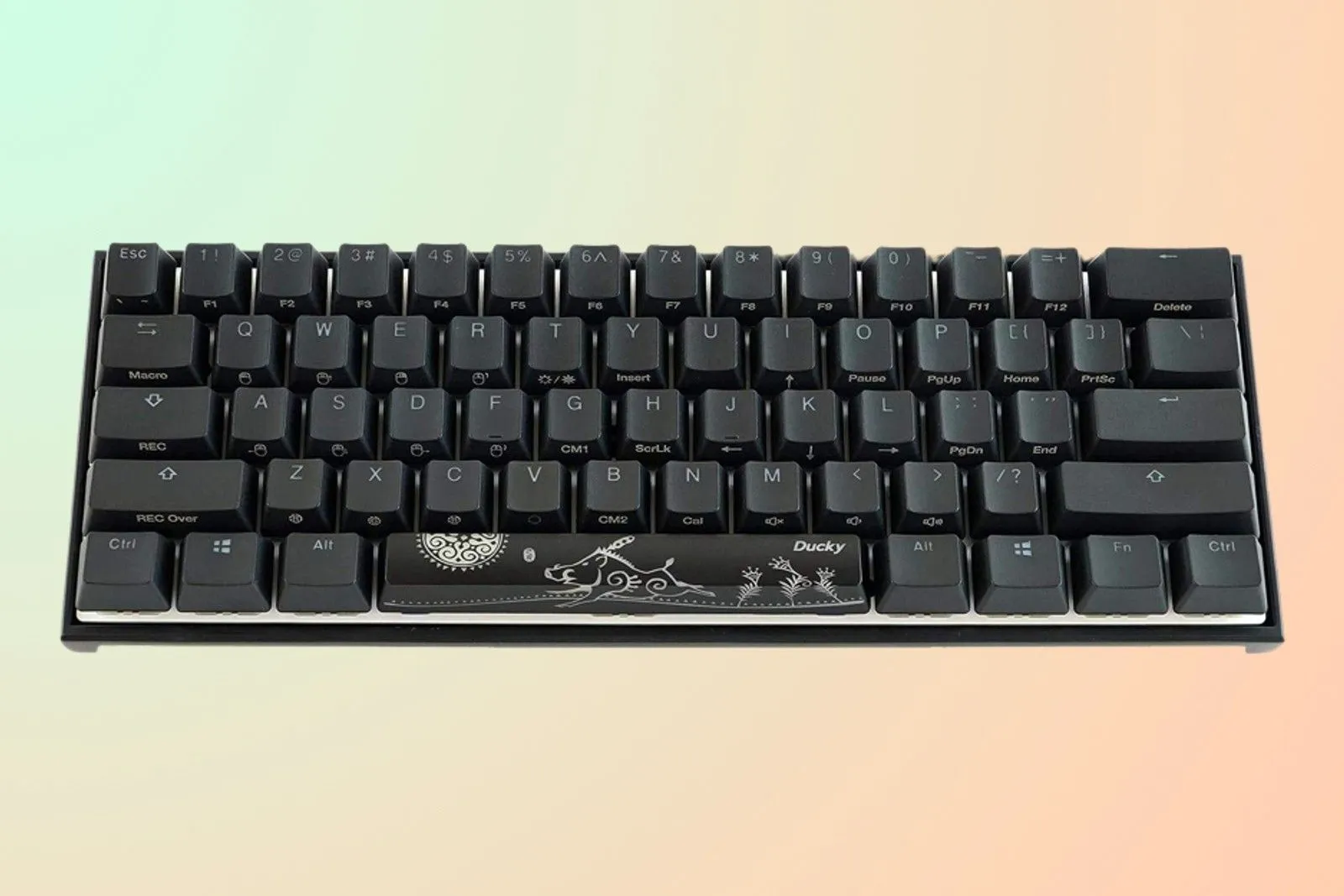
The most significant advantage of a diecast keyboard is its exceptional durability and build quality. The metal frame provides a sturdy foundation that can withstand the rigors of daily use, including accidental drops, spills, and heavy typing. Unlike plastic keyboards that can flex or break under pressure, diecast keyboards maintain their structural integrity, ensuring a consistent and reliable typing experience for years to come. The superior build quality also extends to the internal components, with high-quality switches, keycaps, and stabilizers designed to last. This combination of robust materials and meticulous construction makes diecast keyboards a long-term investment, offering excellent value for those seeking a durable and dependable keyboard. (diecast-keyboard-durability.webp)
The Benefits of a Diecast Frame
A diecast frame offers a multitude of benefits that enhance both the functionality and the user experience. The weight of the metal frame provides increased stability, preventing the keyboard from moving or sliding during intense typing or gaming. This stability is crucial for maintaining accuracy and control, especially in fast-paced situations. Moreover, the diecast frame often contributes to improved acoustics, reducing the amount of reverberation and echo within the keyboard. This results in a more satisfying and refined typing sound. The premium feel and aesthetic appeal of a diecast frame also elevate the overall look and feel of the keyboard, making it a stylish addition to any workspace or gaming setup.
Enhanced Typing Experience
Beyond durability and stability, diecast keyboards often provide an enhanced typing experience. The solid construction minimizes flex, resulting in a more consistent and responsive feel with each keystroke. The added weight also contributes to a more grounded and stable typing platform, allowing for faster and more accurate typing. Many diecast keyboards incorporate features like hot-swappable switches, allowing users to customize the feel and sound of their keyboard. Furthermore, the premium materials and meticulous construction often lead to a more refined and satisfying typing sound. Overall, the combination of these factors creates a typing experience that is both pleasurable and efficient. (diecast-keyboard-typing.webp)
Improved Stability and Weight
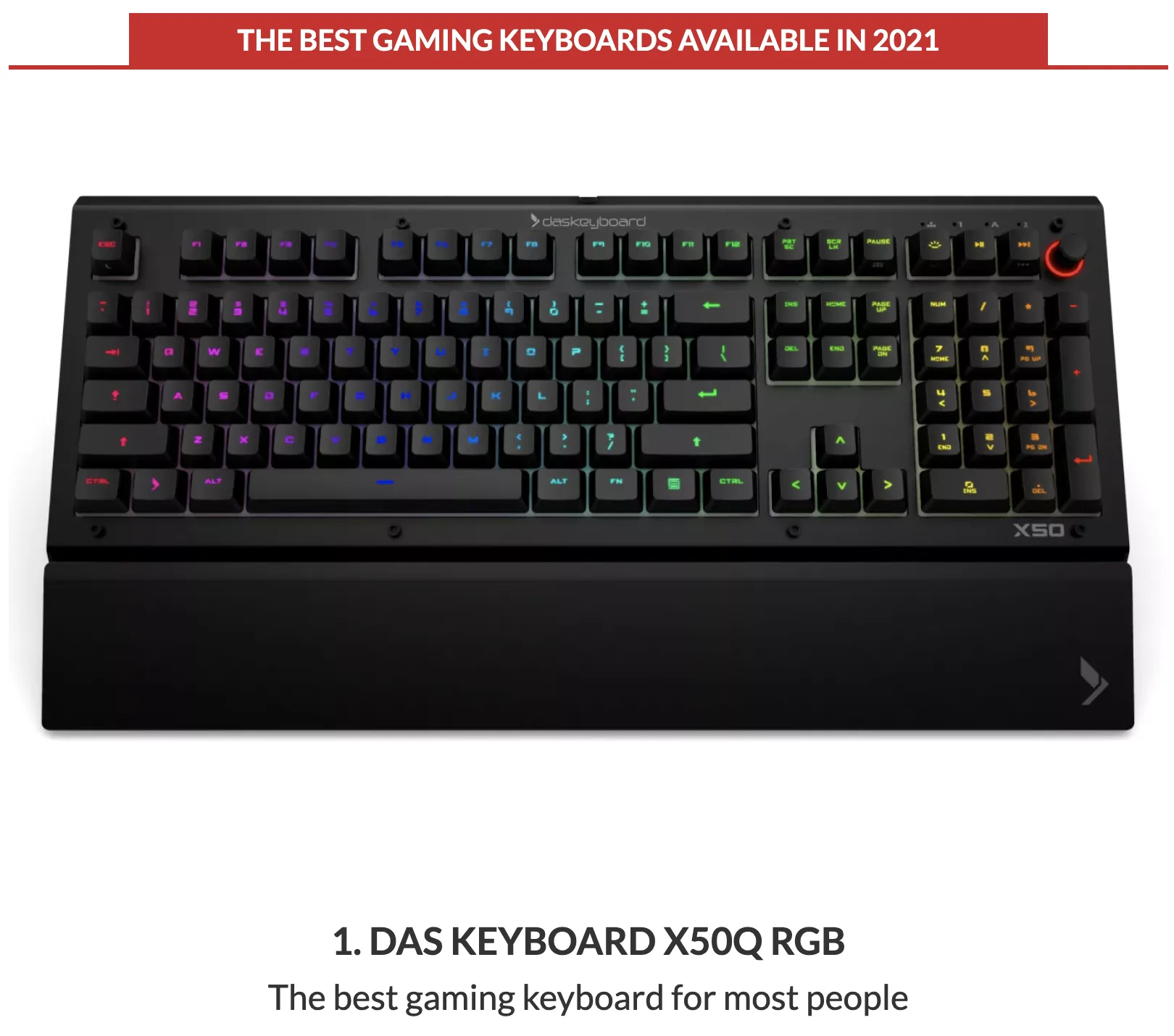
The weight and build of a diecast keyboard significantly contribute to its stability. The metal frame adds considerable mass, preventing the keyboard from sliding around on your desk, even during the most vigorous typing or gaming sessions. This stability is crucial for maintaining accuracy and control, allowing you to stay focused on your work or game. The added weight also enhances the overall feel of the keyboard, making it feel more substantial and premium. The solid and stable foundation of a diecast keyboard provides a superior typing experience, ensuring precision and comfort for extended use. (diecast-keyboard-stability.webp)
Top 5 Diecast Keyboards
Selecting the best diecast keyboard involves a careful consideration of features, build quality, and performance. The following list presents a selection of top-rated diecast keyboards, each excelling in specific areas. Whether you prioritize gaming performance, typing comfort, or aesthetics, these keyboards offer a range of options to suit your needs. Each keyboard listed below has been evaluated based on its build materials, switch options, keycap quality, and overall user experience. This section aims to provide an overview of the best diecast keyboard options currently available, helping you make an informed choice.
Keyboard 1
Keyboard 1, a top contender, is known for its exceptional build quality and premium features. It typically boasts a full diecast aluminum frame, offering unparalleled durability and stability. This keyboard often includes hot-swappable switches, allowing users to customize the feel and sound of each keystroke. With a sleek and modern design, Keyboard 1 is designed for both gaming and professional use. Its keycaps are usually made of high-quality PBT or ABS plastic, ensuring longevity and a comfortable typing experience. The overall design is often complemented by customizable RGB backlighting, adding a touch of personalization to the keyboard. (keyboard-1.webp)
Features and Specifications
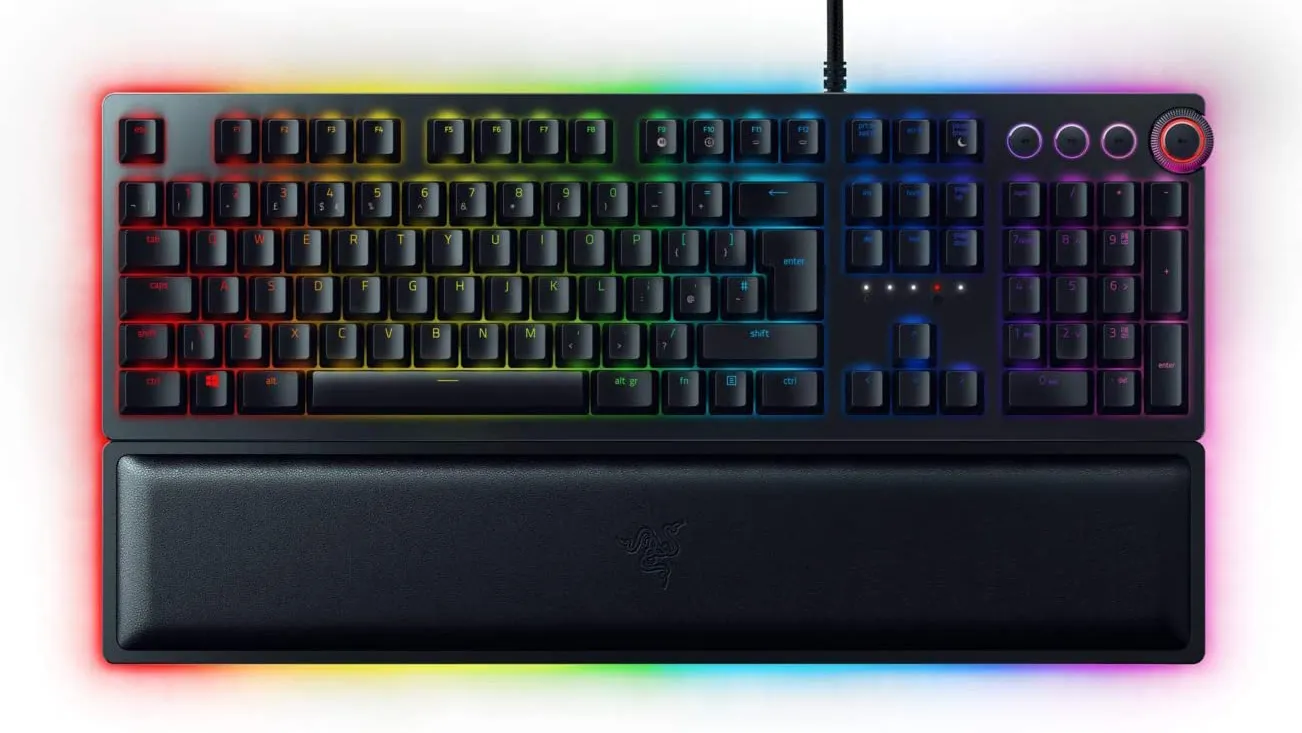
Keyboard 1 typically features a range of high-end specifications. These include a full-size or tenkeyless layout, offering versatility to accommodate different desk setups and user preferences. High-quality mechanical switches (Cherry MX, Gateron, or similar) are often included. Customization options extend to the backlighting, which often features per-key RGB illumination with a wide array of effects. Connectivity options usually include both wired (USB-C) and wireless (Bluetooth or 2.4GHz) capabilities. The keyboard often comes with a detachable cable for added convenience and portability. Special features might include dedicated media controls, macro keys, and onboard memory for profile storage.
Pros and Cons
Pros of Keyboard 1 often include superior build quality, exceptional typing experience, and versatile features. Its robust metal frame guarantees long-lasting durability, making it a worthwhile investment. Customizable switches and keycaps let users tailor the feel of their keyboard. Its cons may involve a higher price point compared to plastic alternatives and potentially heavier weight, which may be a factor for some users. The availability of specific switch types might be limited depending on the model.
Keyboard 2
Keyboard 2 offers a compelling balance of features, performance, and value. It often features a diecast aluminum frame, providing a sturdy and premium feel without the highest price. Keyboard 2 is designed for both productivity and gaming, appealing to a wide range of users. It often incorporates a variety of mechanical switch options, allowing users to choose the feel and sound that best suits their needs. The keycaps are generally made from high-quality materials, ensuring durability and a comfortable typing experience. It includes customizable RGB backlighting, along with a sleek design. (keyboard-2.webp)
Features and Specifications
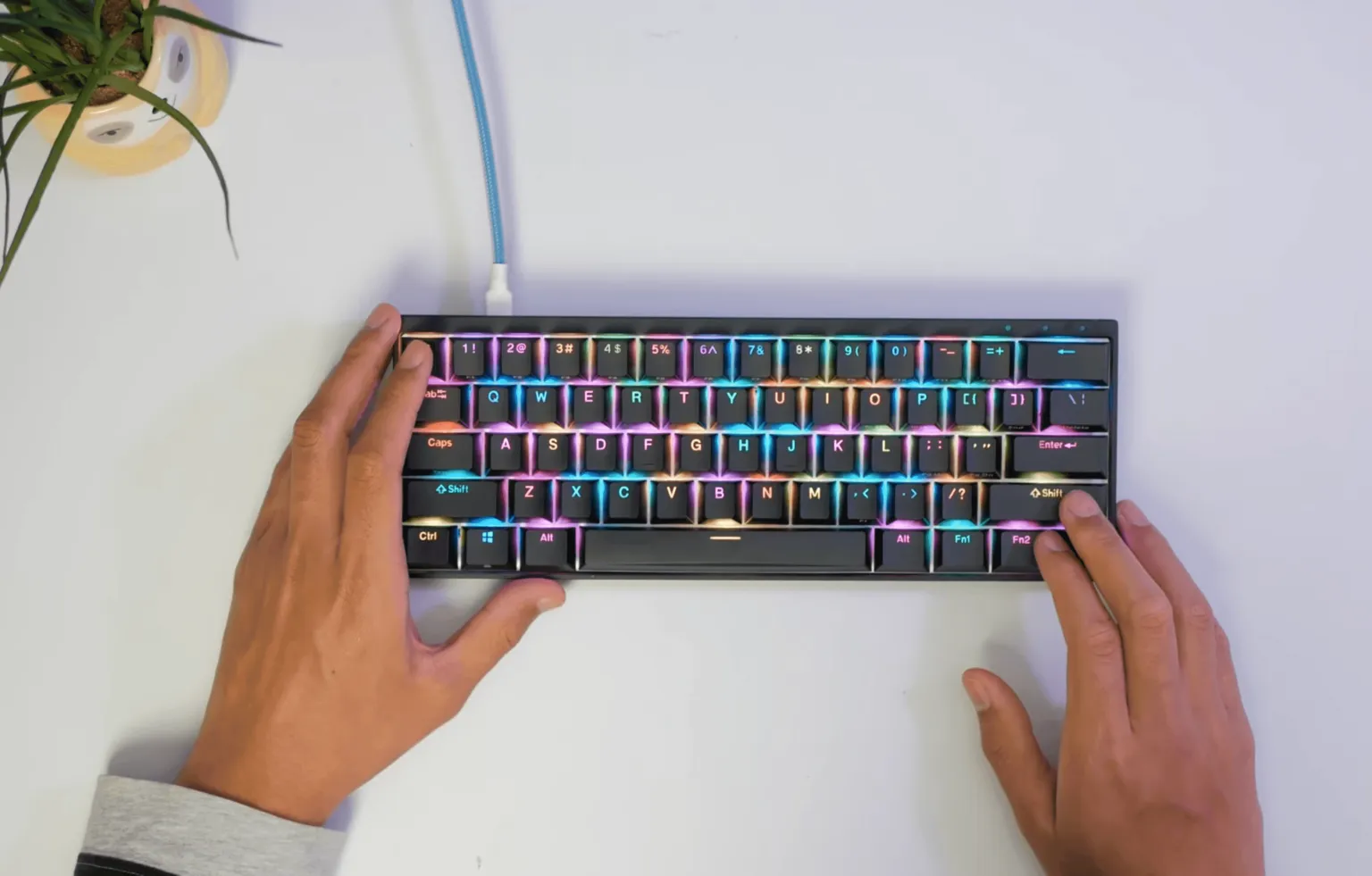
Keyboard 2 usually comes with a variety of features, including full-size or tenkeyless layouts, catering to different workspace needs. It usually offers a range of mechanical switches, from Cherry MX to Gateron. Customization is emphasized, with per-key RGB lighting with various effects. Connectivity often includes wired (USB-C) and, sometimes, wireless options. Features might include dedicated media keys, macro programmability, and onboard profile storage. The keycaps are often made of durable PBT or ABS plastic.
Pros and Cons
The pros of Keyboard 2 often include excellent build quality, a broad selection of switch options, and a balance of features and value. Its metal frame ensures long-term durability, and the wide range of switch types allows for a custom typing experience. The cons might include potential limitations in customization options and a slightly heavier weight compared to some plastic keyboards. Also, the availability of certain features can vary depending on the specific model.
Keyboard 3
Keyboard 3 is recognized for its unique design and outstanding performance. It usually features a diecast metal frame, focusing on a premium feel. Keyboard 3 is well-suited for gamers and enthusiasts seeking a premium typing experience. It provides a high-quality feel and is usually equipped with high-performance mechanical switches. Keyboard 3 prioritizes user experience with a refined design and premium keycaps, adding to its overall appeal. The keyboard often includes customizable RGB backlighting. (keyboard-3.webp)
Features and Specifications
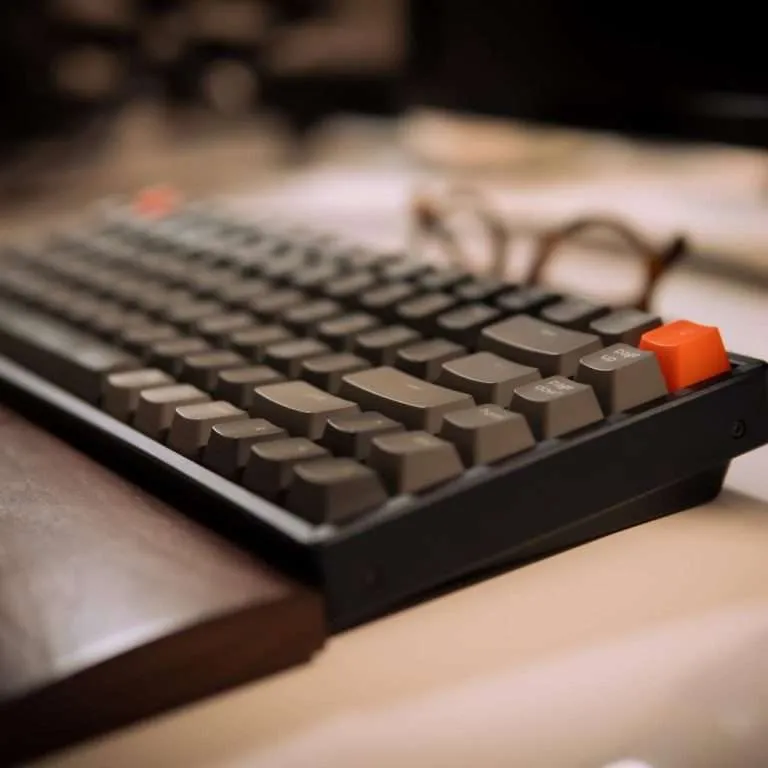
Keyboard 3 often includes a variety of features, such as a unique form factor (full-size, tenkeyless, or compact), a range of high-performance mechanical switches, and a customizable RGB backlighting system with numerous effects. It usually features a detachable USB-C cable for improved portability and convenience. The keycaps are typically made of high-quality materials, such as PBT or ABS, and often include advanced features such as onboard memory for profile storage and fully customizable macros.
Pros and Cons
Pros of Keyboard 3 include its unique design, premium feel, and excellent performance. Its durable metal frame ensures long-lasting quality, and the high-performance switches provide a responsive typing experience. Its cons can be a higher price point and potentially a steeper learning curve due to its unique design. Moreover, the selection of switch types might be limited based on the model.
Keyboard 4
Keyboard 4 often represents a balance between affordability and quality, and usually features a robust diecast frame that provides superior build quality. It provides a comprehensive range of features for an enhanced typing experience and is especially appealing for users prioritizing value without sacrificing features. It usually includes various mechanical switch options. It is designed for both gamers and typists who value reliability and performance. With a focus on durability, the keyboard is built with high-quality keycaps and offers a customizable RGB backlighting option. Its design is a blend of function and aesthetics.
Features and Specifications

Keyboard 4 typically offers a variety of features, including a choice of full-size, tenkeyless, or compact layouts, catering to different workspace needs. It usually offers a selection of mechanical switches, such as Cherry MX or Gateron. Customization is a highlight, with per-key RGB lighting with various effects. Connectivity usually includes wired (USB-C) options. It often incorporates useful features such as media controls and macro programming. The keycaps are typically made of durable PBT or ABS plastic.
Pros and Cons
The pros of Keyboard 4 include its solid build quality, great value, and versatile features. Its metal frame ensures long-term durability, and the range of switch options allows users to customize their typing experience. The cons may involve possible trade-offs in advanced features, such as limited software customization. Furthermore, some users might find the aesthetics less premium when compared to high-end options.
Keyboard 5
Keyboard 5 often stands out as a premium choice, and usually features a meticulously crafted diecast frame, and focuses on providing an unparalleled typing experience. It’s usually aimed at enthusiasts and professionals who demand the absolute best in terms of build quality and performance. It commonly incorporates high-end mechanical switches known for their exceptional feel and responsiveness. The keycaps are made from premium materials, which contributes to the luxurious typing feel. With a focus on aesthetics, this keyboard frequently boasts a sleek design and customizable RGB backlighting. Its design is both functional and a visual centerpiece.
Features and Specifications
Keyboard 5 is usually packed with premium features, including a full-size or custom layout and a variety of high-end mechanical switches. Customization options include per-key RGB lighting with extensive effects and profiles. Connectivity options often include wired (USB-C) and advanced wireless technologies (Bluetooth or 2.4GHz). Special features often include dedicated media controls, macro keys, and onboard memory for profile storage. Build materials often feature high-quality keycaps and a premium build, and the keyboard often comes with premium accessories like a wrist rest.
Pros and Cons
Pros of Keyboard 5 usually include exceptional build quality, a luxurious typing experience, and an array of premium features. Its durable metal frame guarantees longevity, while its high-end switches deliver unmatched performance. The cons can involve a very high price point, making it a premium investment. The availability of certain features may be limited, based on model.
Factors to Consider When Choosing a Diecast Keyboard
Choosing the best diecast keyboard requires careful consideration of several key factors that align with your specific needs and preferences. The ideal keyboard should not only offer a superior typing experience but also complement your overall workflow and aesthetic preferences. Factors such as switch type, keycap material, connectivity options, backlighting, and budget all play a critical role in determining the best diecast keyboard for you.
Switch Type
The switch type is a fundamental aspect of the typing experience, as it dictates the feel, sound, and actuation force of each key. Mechanical switches come in various types, including linear, tactile, and clicky. Linear switches (like Cherry MX Red) offer a smooth, consistent feel, favored by gamers for their quick actuation. Tactile switches (like Cherry MX Brown) provide a noticeable bump upon actuation, giving users tactile feedback. Clicky switches (like Cherry MX Blue) provide a tactile bump and an audible click. Consider your typing style and preferences when choosing a switch type, as the right switch will enhance your overall experience.
Keycaps Material
Keycaps material greatly impacts the feel and durability of the keyboard. The two primary keycap materials are ABS (Acrylonitrile Butadiene Styrene) and PBT (Polybutylene Terephthalate). ABS keycaps are more common, offering a smooth feel and are usually more affordable. However, they are prone to shine over time due to wear. PBT keycaps are more durable, resistant to shine, and provide a textured feel that many users prefer. Consider the keycap material when selecting a diecast keyboard, as it impacts the longevity and feel of your keyboard.
Connectivity Options
Connectivity options are important to consider, and the best diecast keyboard should meet your needs. Wired keyboards offer the most stable and reliable connection. Wireless keyboards provide greater flexibility, and usually employ Bluetooth or 2.4GHz connections. Bluetooth is versatile but can experience latency, while 2.4GHz connections are generally more stable for gaming. Some keyboards offer both wired and wireless options, providing the best of both worlds. Determine your needs to choose a connectivity type.
Backlighting and Aesthetics
Backlighting significantly enhances the keyboard’s aesthetics and usability, especially in low-light conditions. RGB backlighting provides a wide spectrum of colors and customizable effects, allowing you to personalize the keyboard’s look. Consider features such as per-key lighting, which offers the highest degree of customization. Aesthetics include factors like the design, color scheme, and overall style. Choose a keyboard that matches your aesthetic preferences and complements your setup.
Budget and Price
Budget is a critical consideration. Diecast keyboards range in price, from mid-range to premium. Establish a budget before you begin shopping and prioritize features that are important to you. Research and compare different models to find the best value for your money. Consider the long-term investment, as a diecast keyboard is built to last. Balance your budget with the features, build quality, and performance to determine the best option for your needs.
Conclusion Choosing the Best Diecast Keyboard
Selecting the best diecast keyboard involves careful consideration of build quality, features, and personal preferences. The top 5 choices offer a variety of options to meet diverse needs, whether you prioritize durability, typing experience, or aesthetics. By understanding the benefits of a diecast frame, and evaluating factors like switch type, keycap material, connectivity, backlighting, and budget, you can make an informed decision. Ultimately, the best diecast keyboard is the one that provides the most satisfying typing experience, enhances your productivity, and complements your personal style. With the right choice, you can elevate your computing experience and enjoy a keyboard built to last. Enjoy your new keyboard and type with satisfaction.
